Are you ready to wade into a new realm of waterscape photography?
In some situations, capturing a photo that is different from the typical shot requires a degree of courage, and the ability to think outside the box.
That’s what I did on a recent photo outing.
To take these shots, I donned my fishing waders – it’s the best way to get “up close and personal” with the scenes and creatures of the waterscape – I held my breath and took the plunge into the cold autumn water.
Equipped with my Nikon Z9 camera and a 24-120mm lens, I knew that I wanted to produce long exposure photos to create a sense of movement in the falls. I added a circular polarizing filter and an 0.9 graduated neutral density (ND) filter from H&Y. This system is revolutionary thanks to its use of a magnetic mount that allows you to attach one or more filters to the lens. I did not hesitate to use the ND filter rotated to an angle that put more contrast on certain elements of the scene, such as a rock, which would be burned out without the lighting control afforded by the filter. To control the reflective nature of the wet surfaces, I gently placed the magnetic mount of my circular polarizing filter on the outside of the H&Y mount. I rotated the polarizer to achieve the desired degree of reflection… too much suppression of the sheen would have made the image seem artificial, but there was too much reflection in the unfiltered scenes.
To shoot long exposures, I mounted the camera on my Vanguard carbon fiber tripod. I used Nikon’s shutter release trigger to ensure the stability of the rig.
It is extremely important to be careful when moving in any body of water. Lakes, streams, and rivers easily conceal pitfalls that can make every step an adventure into the unknown. Slippery underwater rocks, algae, soft sandy bottom topography, and sudden drop-offs make any foray into the water a dangerous proposition.
Even if you manage to keep your head above water, a slip or fall during one of these watery escapades can result in a sudden and very costly accident for your camera and lens. To avoid these disasters, when I venture into the water I always move very slowly, and I make sure that every footstep is very solid to avoid slipping on rocks, tree trunks, etc… For the greatest degree of personal safety, I suggest wearing a life jacket – you never know what can happen to you if you become soaked in cold water. It’s always better to be safe than sorry…
Whenever I shoot in wet environments, I carry a supply of lens cleaning cloths, sealed in Ziploc™ bags. These come in handy to keep the lens and filters free of water droplets, fog, and the inevitable dust and dirt that goes with outdoor photography.
It is also very important to follow the rules and regulations of the area. Some parks are very eco-sensitive, and the wardens do not tolerate hikers going off the trails – this is essential to respect the environment and above all to prevent visitors from trampling the delicate flora in the area.
Other important information regarding photography of water sources, (rivers, lakes, oceans etc.) involves the care and handling of your gear. While a short dunk in fresh water will not harm your tripod legs, you will want to tear down, clean, and dry out all the parts and components. It is not recommended to use your tripod in salt water, which could create corrosion and chemical degradation of the components. If you really want to use a tripod in salt water, I suggest using an old tripod, and rinse it well with clear water before storing it.
The advantage of immersing yourself in waterways is that you can achieve a unique perspective on your scene… daring to venture into the unknown can pay off with images that are far from ordinary. It’s all a matter of weighing the risks against the results and planning your shots with care.
Items Discussed
About the Author – Jacques Dumont
Quebec City, Canada.
President and Publisher, ZAK MEDIA www.zakmedia.ca
Responsible for Global Projects – encompassing editorial direction, graphic arts presentation, and commercial marketing and distribution of print, online and multi-media publications, within the photographic and travel sectors.
Jacques’ credits include Publisher of PHOTONews magazine, the largest circulated photo magazine in Canada; Photo Digest; Photo Sélection; and a range of print and digital publications spanning more than 35 years. A professional in the print publication industry, Jacques’ expertise assures the very finest in publication design and print quality – making PHOTO News an ideal medium for the presentation of a wide range of products and services for the photo enthusiasts and professional photographers of Canada and North America.
Jacques Dumont is among the best-known personalities in the Canadian photographic industry. Specializing in photography since 1980, when he launched PHOTO SÉLECTION Magazine (which ultimately changed its name to PHOTO SOLUTION) and continuing to deliver photo enthusiast publications with the 1990 launch of PHOTO DIGEST Magazine, (which changed its name to PHOTO LIFE following the acquisition of that magazine).
After the sale of the photographic magazines in 1994 (Photo Selection and Photo Digest), Jacques remained very much involved in the field of photography in Canada and USA as a member of the PMA, and he served on the board of the CPVTA (Canadian Photographic and Video Trade Association) for several years. An active participant in all international photographic trade conventions, Jacques has attended all of the PMA shows, PHOTOKINA, and major photographic events in North America and around the World, over a period spanning four decades.
A professional photographer and a world traveller with expertise in a wide variety of photographic genres, Jacques brings a full range of management and creative skills to a wide range of projects.
Jacques Dumont l President
ZAK media
T. 418.871.4294
F. 418.871.4295



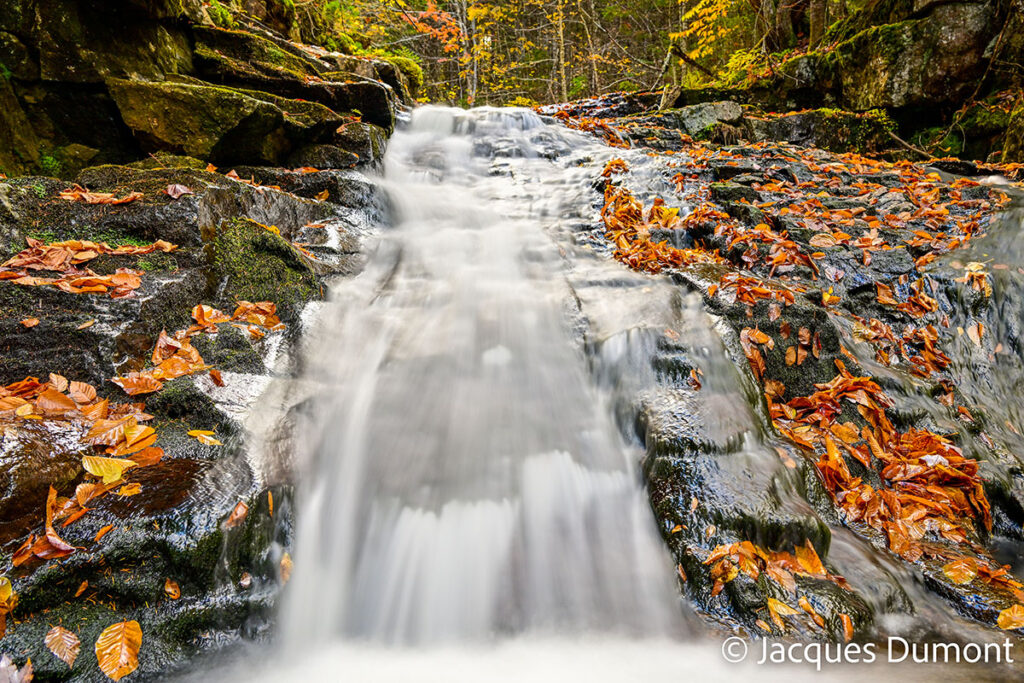
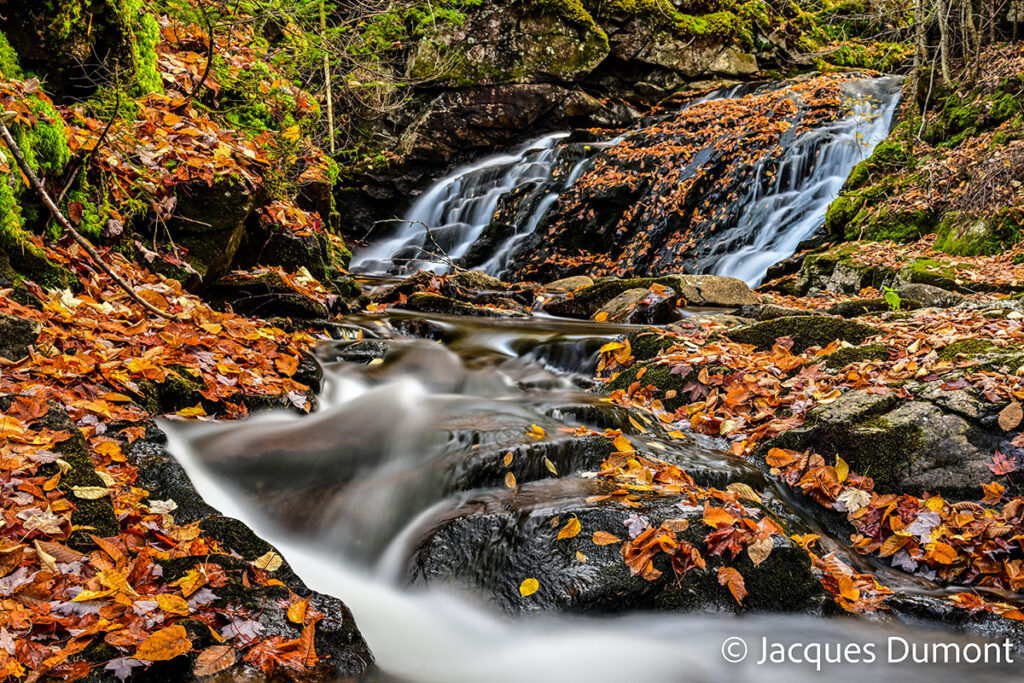
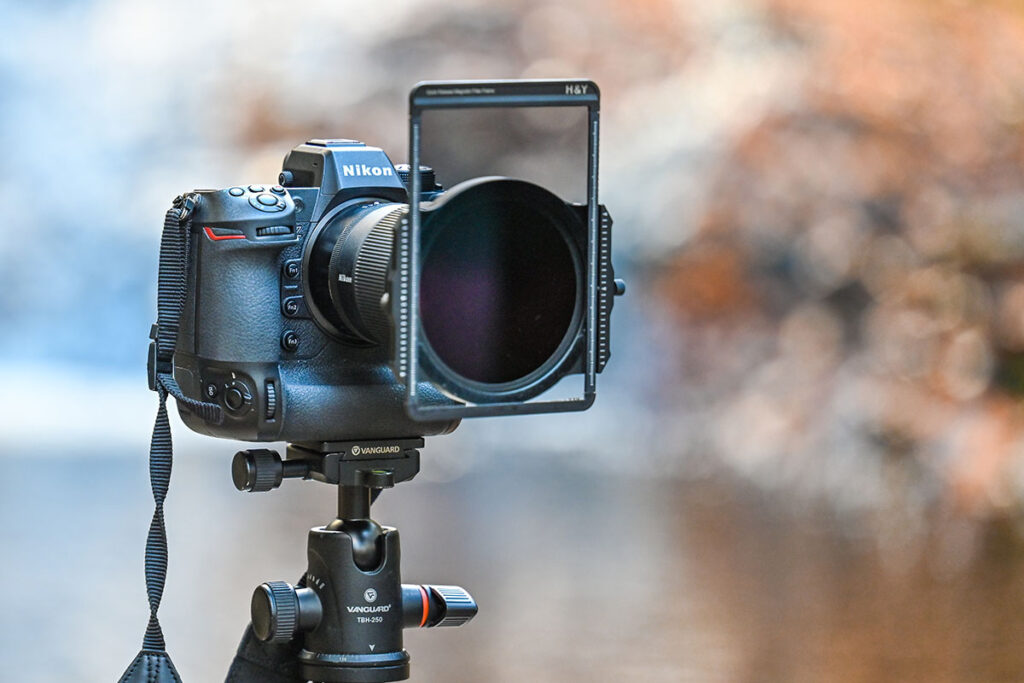
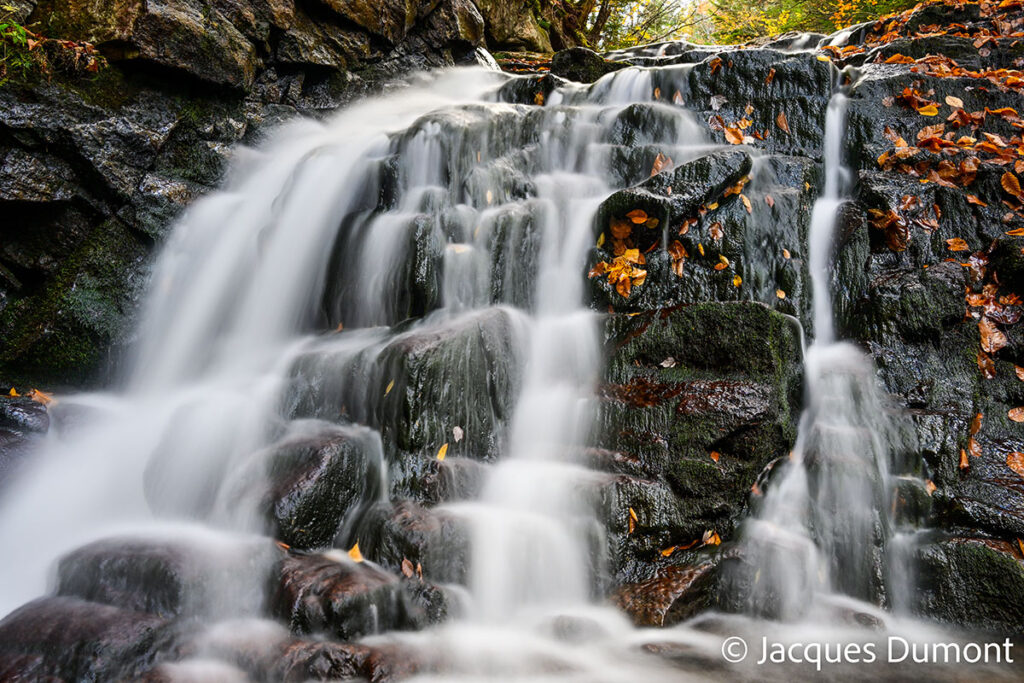
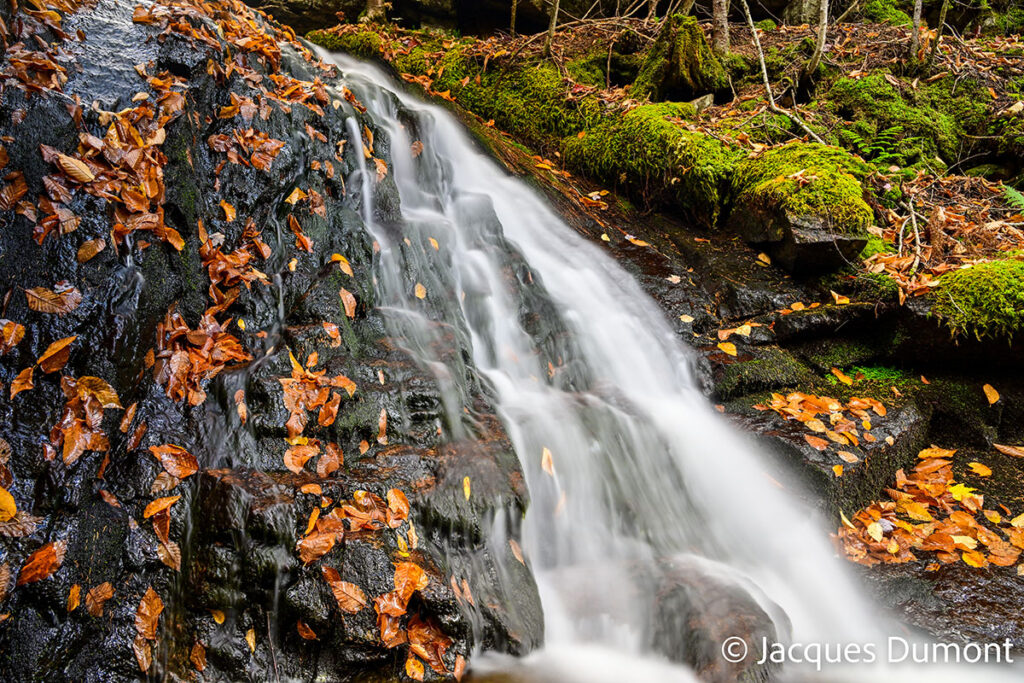
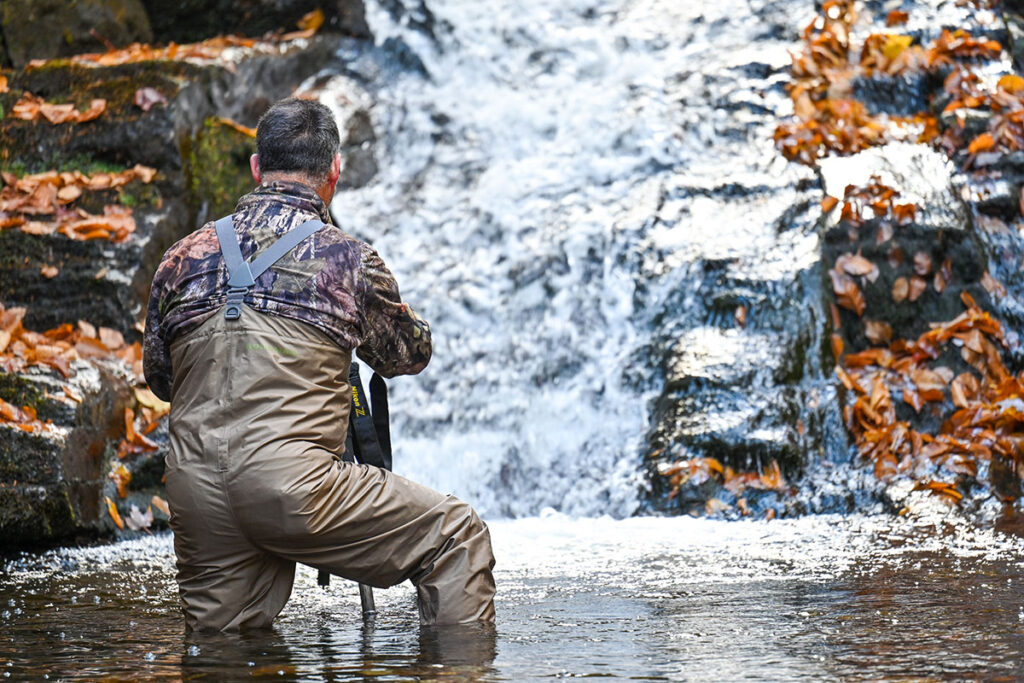
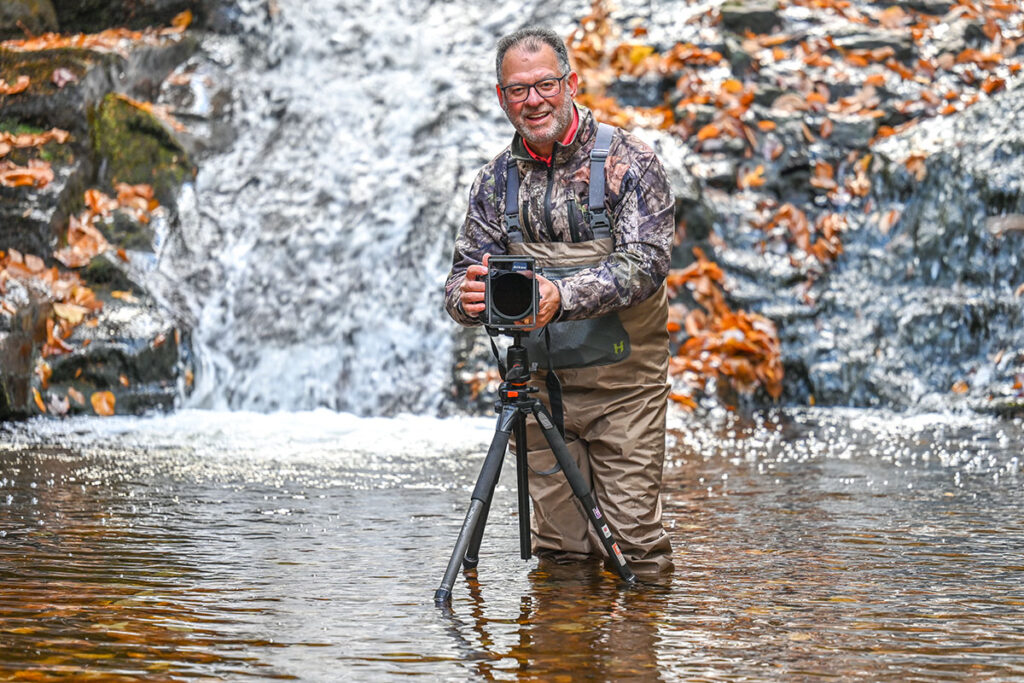
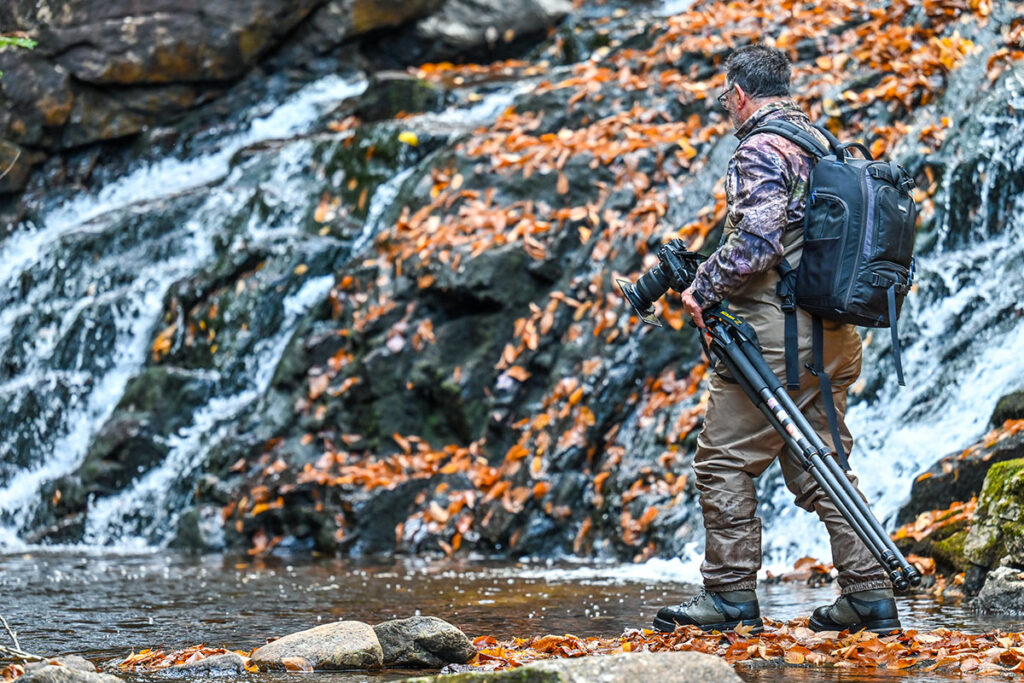
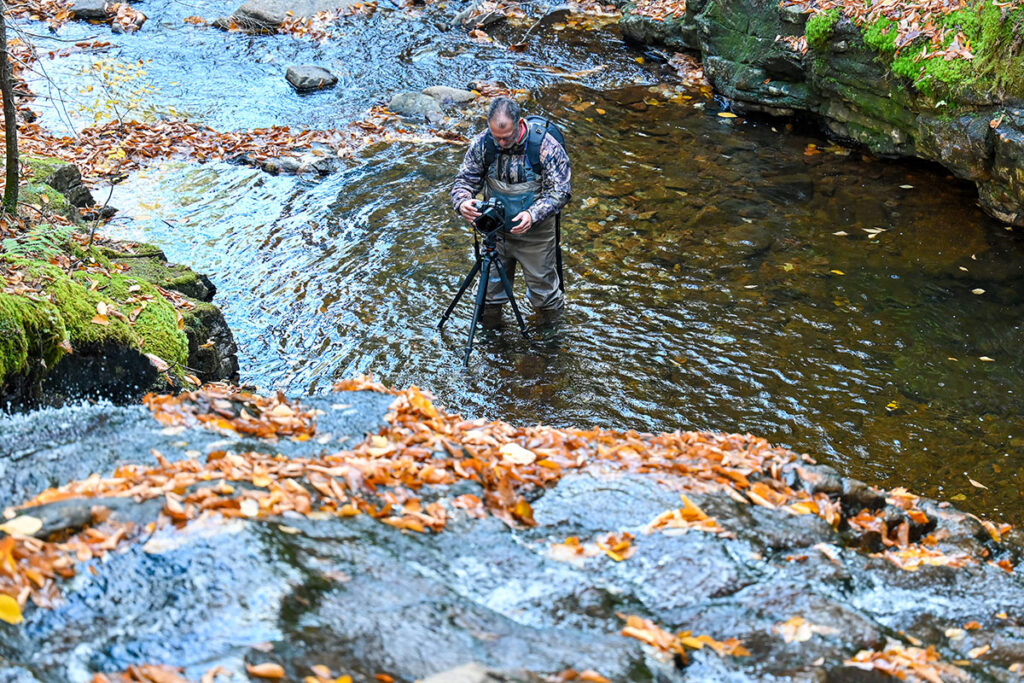







Great tips!! Is it also possible to show the effect of your photo techniques; applying the filters? Perhaps in a future publication? The effect of adding the polarizer and adjustments? Same for the neutral density filter?
Good morning, Ralph. I will try next time. Sometimes, during the activity (in this case, in the water), I am so concentrated that I don’t think about this.